Quick Answer
The typical lifespan of a living room rug ranges from 5-10 years for standard rugs, while high-quality wool rugs can last 20-30 years with proper care. Your rug's longevity primarily depends on three key factors: the material quality (with wool being the most durable), the level of foot traffic it receives, and how well you maintain it through regular cleaning and proper placement. Start a good care routine from day one - including weekly vacuuming, prompt stain treatment, and periodic rotation - to maximize your rug's lifespan and protect your investment.

Introduction
When homeowners invest in a living room rug, one of their biggest questions is how long it will last and keep its beauty. A living room rug typically serves 5-10 years in most homes, though some premium hand-knotted varieties can beautify your space for up to 25 years. Your rug's lifespan largely depends on what it's made of and how you care for it - from basic cotton rugs to luxurious wool pieces, each material tells its own story of durability. Whether you're picking out a new rug or maintaining your current one, knowing the basics about rug longevity and care can help protect your investment and keep your living room looking fresh for years to come.
What Makes Your Living Room Rug Last Longer or Shorter?
Several key factors determine how long your living room rug will maintain its appearance and structure. From the basic materials used in construction to daily use patterns and maintenance routines, each element plays a crucial role in your rug's longevity.
Your Rug Type Decides How Long It Lasts
What material your rug is made of is perhaps the most critical factor in determining its lifespan. Wool rugs are the ideal type to choose when it comes to longevity, and they can last for 20-30 years with proper care. Nylon rugs are long-lasting and stain-resistant, lasting 8-10 years, and polyester rugs also last 5-7 years and are also famous for their brightness of color and good value for money. While silk rugs are lovely, they are more delicate with a lifespan of 5-8 years. Cotton rugs, while cheap, last for 3-5 years because they are easier to wear and tear.
Walking, Sun, and Furniture Wear Out Your Rug
The usage of the rug in your household significantly affects how long it lasts. Areas with great footfall obviously suffer faster wear patterns, while rugs in sunlight can suffer from color fade and fiber weakening with time. The conditions in the environment also play a crucial role - fluctuating humidity conditions can cause rug fibers to weaken and even lead to mold growth in extreme cases. Additionally, furniture arrangement can create lasting creases and cause uneven patterns of wear on the rug surface.
Clean Often and Fix Spills Fast to Make Your Rug Last
Good care is essential to getting your living room rug to last. Vacuuming often, ideally weekly, helps to expel dirt particles that gradually degrade rug fibers. Professional cleaning needs to be performed every 12-18 months to remove deeply embedded stains and maintain the rug in good health. To allow even wear, it's recommended to flip your rug every six months. Above all, perhaps, is to clean spills and stains promptly to prevent permanent damage and breakdown of the fibers, which maintains the look and structural integrity of your rug intact.
How to Extend the Lifespan of Your Living Room Rugs

A beautiful living room rug doesn't stay beautiful by accident. We've explored how different materials and daily use affect your rug's lifespan - but knowing isn't the same as doing. Whether you've invested in a premium wool piece or a practical synthetic rug, the right care routine can double or even triple its life. Here's your practical guide to making your rug look fresh year after year.
1. Clean Your Rug Often Weekly at Home
The secret to rug maintenance is routine upkeep. Vacuum your rugs weekly, or more frequently in high-traffic zones, to remove dirt and debris before they have a chance to seep deeply into the fibers. For delicate rugs, a beater bar-less vacuum will prevent damaging the fibers. Deep cleaning on a regular basis every 6-12 months is also essential in maintaining your rug's appearance and extending its lifespan.
2. Change Your Rug's Position and Block Sun Damage
To prevent uneven wear, turn your rugs every 3-4 months. This will merely redistribute foot traffic and furniture weight across different parts of the rug. In rooms with large windows, it's a good idea to use UV-blocking window treatments, since prolonged exposure to direct sunlight can cause a radical color fade and degradation of wooden fibers. Additionally, place rug pads underneath to provide extra cushioning and prevent premature wear.
3. Act Fast When Things Spill and Keep Your Rug Dry
Spills and moisture require a quick response. Blot spills immediately with clean, white cloths - never rub, since this can set stains deeper into the fibers and destroy the rug's texture. Don't position rugs in constantly damp areas, as moisture will rot and destroy the fibers and lead to mold. In humid climates, ensure good air circulation and use dehumidifiers where needed to help dry out rugs.
4. Let the Pros Deep Clean Your Rug
While regular home rug maintenance is important, professional cleaning services can significantly extend your rug's life. Experts recommend professional cleaning every 12-18 months, depending on use and environment. They can remove deep-seated dirt and apply protective treatments that help resist future staining. For valuable or antique rugs, consult specialists who understand the specific care requirements of different materials and construction methods.
4 Signs It's Time to Replace Your Rug

While regular household maintenance is important, professional cleaning can extend your rug's life significantly. Experts recommend professional cleaning every 12-18 months, based on use and environment. They can remove deeply embedded dirt and apply stain-resistant treatments. For expensive or antique rugs, look for specialists who are familiar with the specific care requirements of different materials and construction methods.
1. The Rug is Worn Out and Won't Stay Flat
Watch for obvious signs of wear and tear that indicate your rug has reached the end of its lifespan. These include frayed or unraveling edges, visible balding patches, and permanently flattened fibers that don't bounce back after vacuuming. If your rug shows ripples, wrinkles, or refuses to lay flat despite attempts to smooth it out, these are clear indicators that replacement might be necessary.
2. Stains and Fading Won't Come Out, Even After Cleaning
When stains persist even after professional cleaning attempts, or if there's significant color fading and discoloration that can't be restored, it's time to consider replacement. Pay special attention to high-traffic areas where the color might appear notably different from the rest of the rug. Sun-bleached sections that have lost their original vibrancy are also irreversible signs of aging.
3. Bad Smells Won't Go Away and the Rug Makes People Sneeze
Persistent odors that remain after thorough cleaning could indicate deeper problems like mold growth or trapped moisture within the rug's fibers. If your rug emits musty smells or if family members experience increased allergic reactions around it, these are serious signs that replacement is needed. This is particularly important for rugs in humid areas or those that have experienced water damage.
4. The Rug is Falling Apart and Becoming Dangerous
Look for structural issues such as:
- Binding that's coming loose or completely separated
- Holes or tears that continue to expand
- Backing material that's deteriorating or crumbling
Permanent creases or folds that create tripping hazards When these problems become extensive or affect multiple areas of the rug, repairs may cost more than replacement.
Keep Your Living Room Rug Looking New for Years
Your living room rug is more than just a floor covering - it's an investment in your home's comfort and style. Taking care of it doesn't have to be complicated! Simple habits like regular vacuuming, quick spill clean-ups, and smart placement can make a huge difference in how long your rug stays beautiful. Think of rug care as preventive medicine - a little attention now saves you from bigger headaches (and expenses) later. The best part? You can start these easy care routines right away, no special expertise needed. Whether you've just bought a new rug or want to extend the life of your current one, putting these simple tips into practice will keep your rug looking fresh and vibrant. Don't wait for visible wear to start taking better care of your rug - the small efforts you make today will pay off in years of lasting beauty.


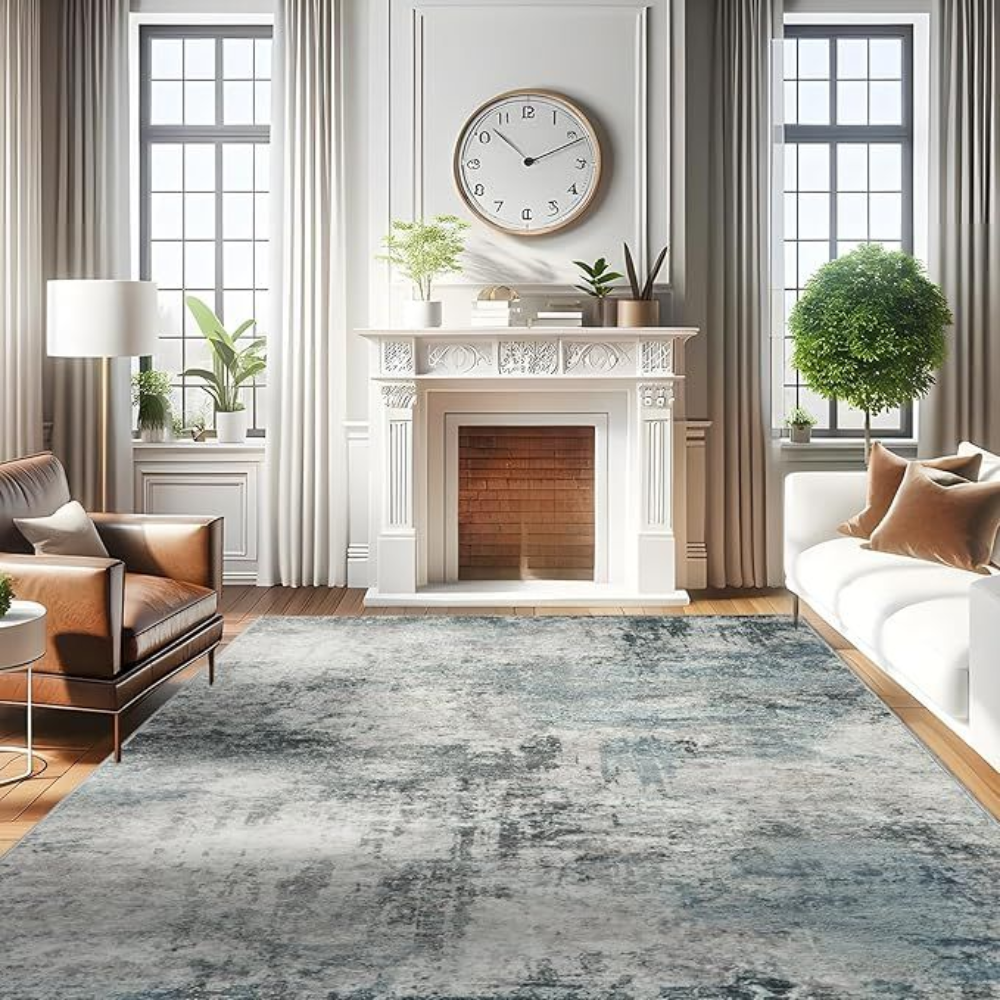
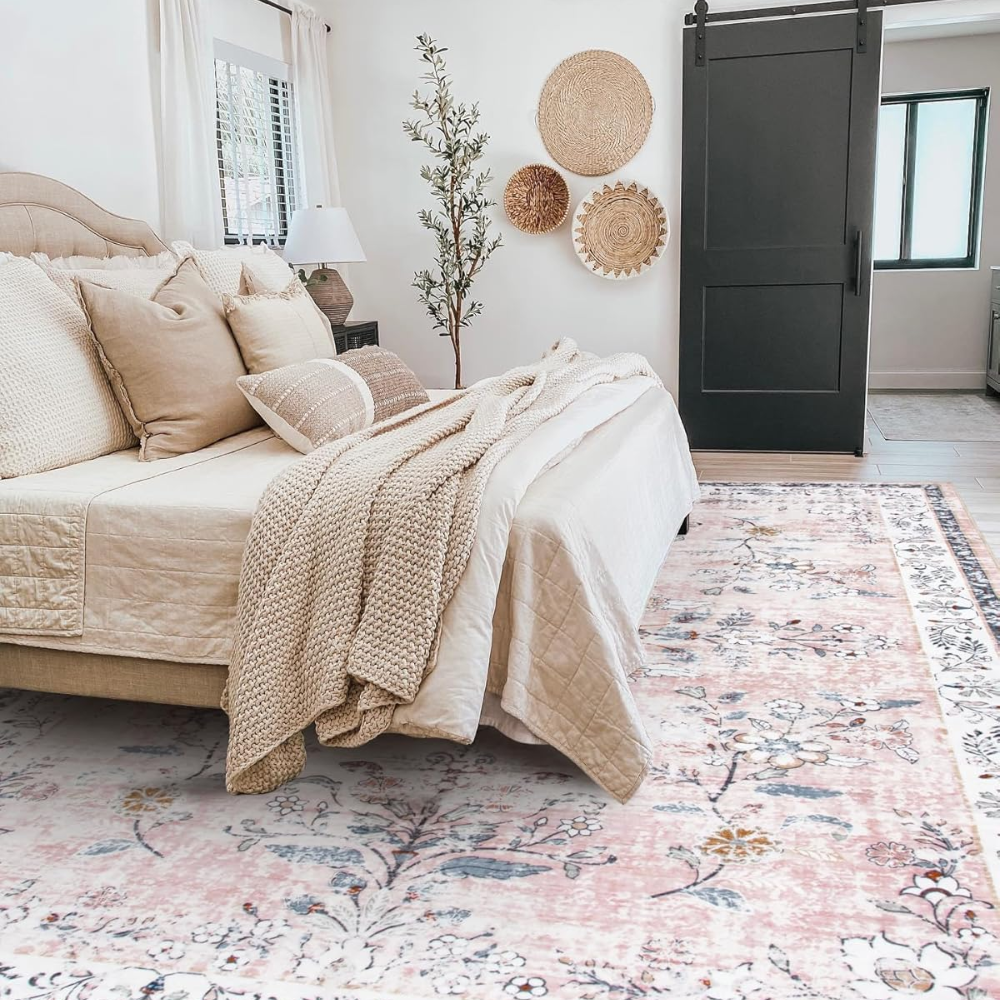
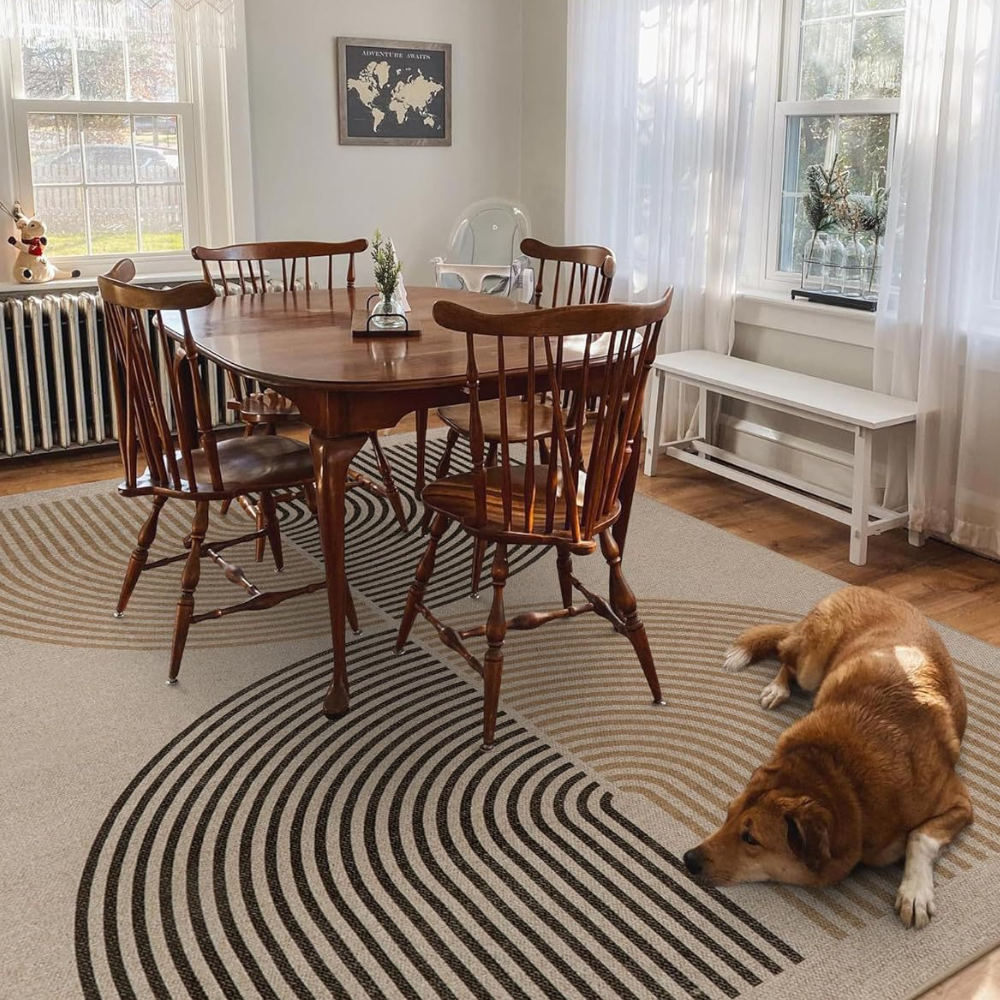

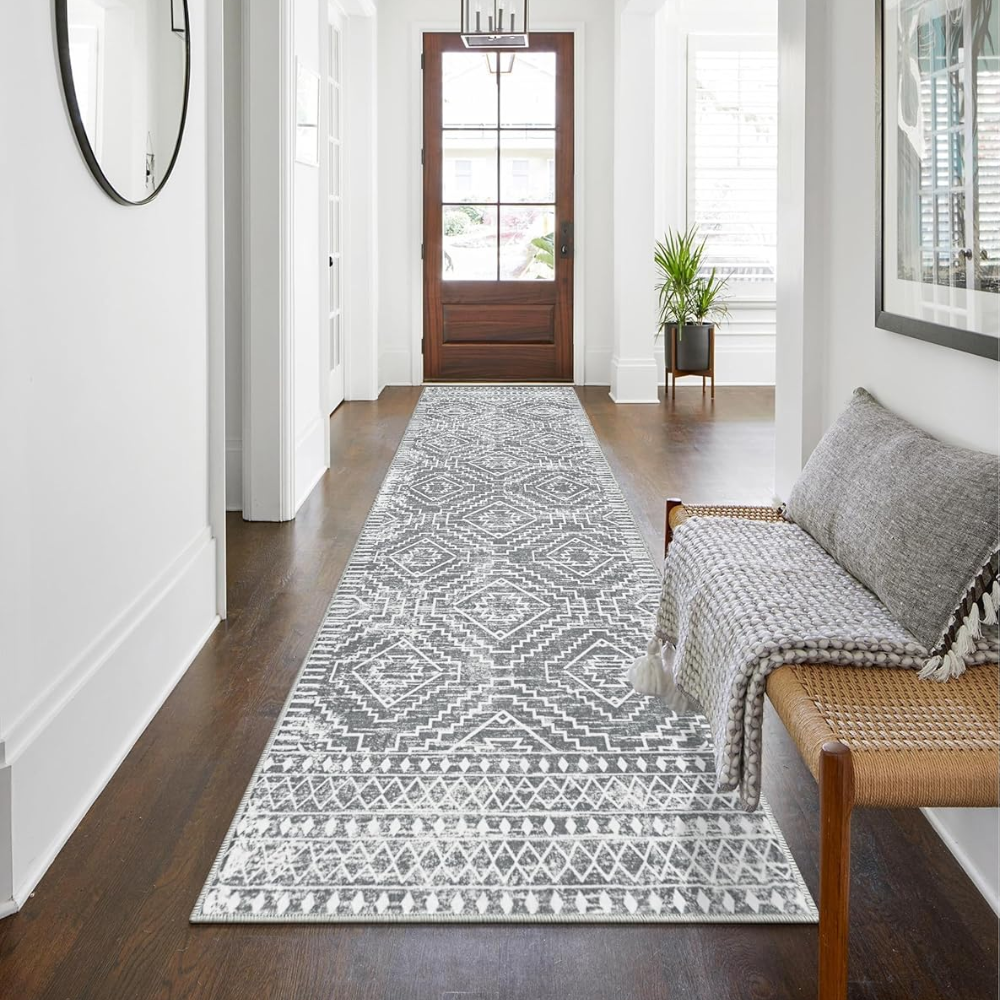



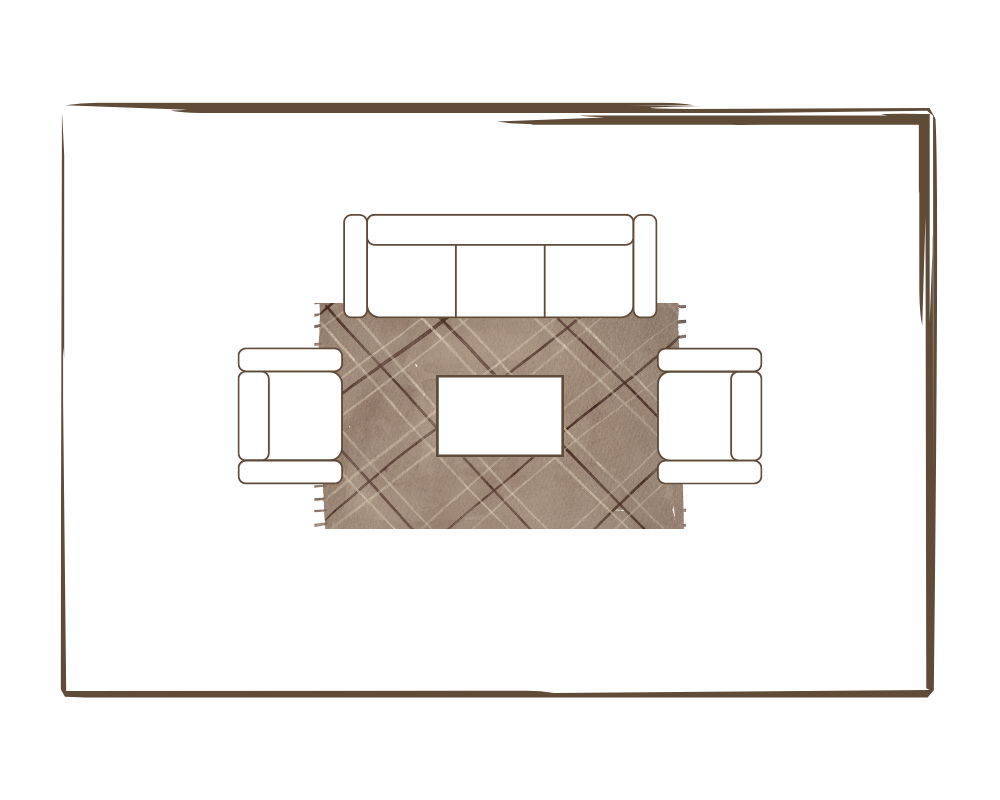
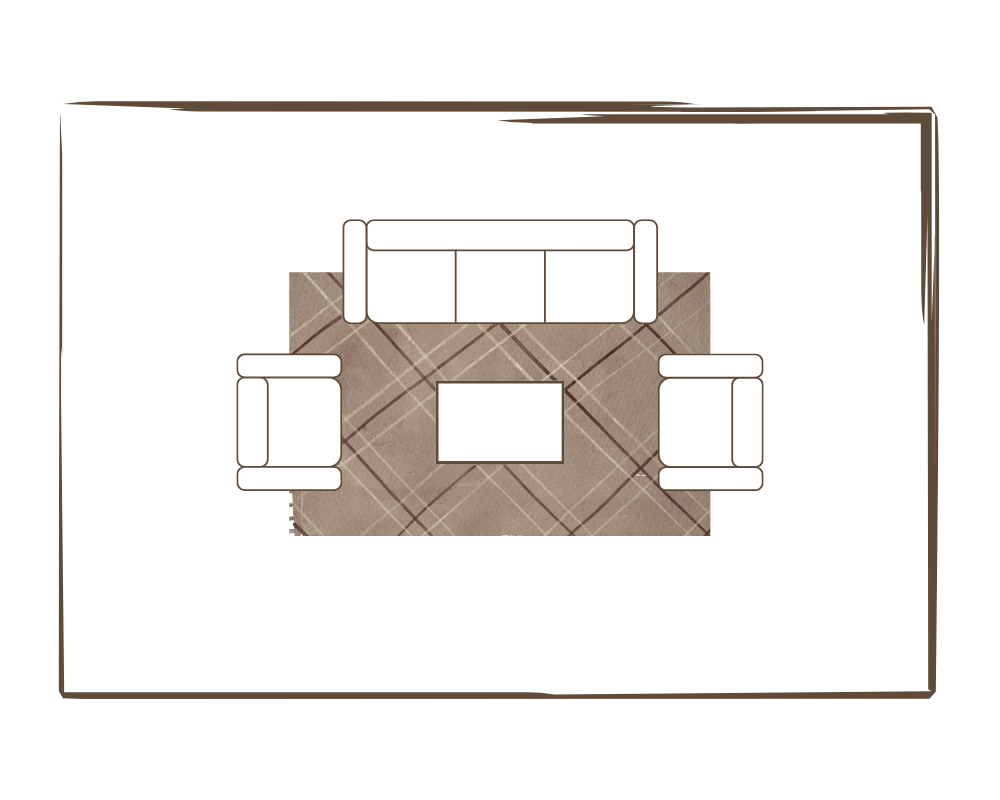

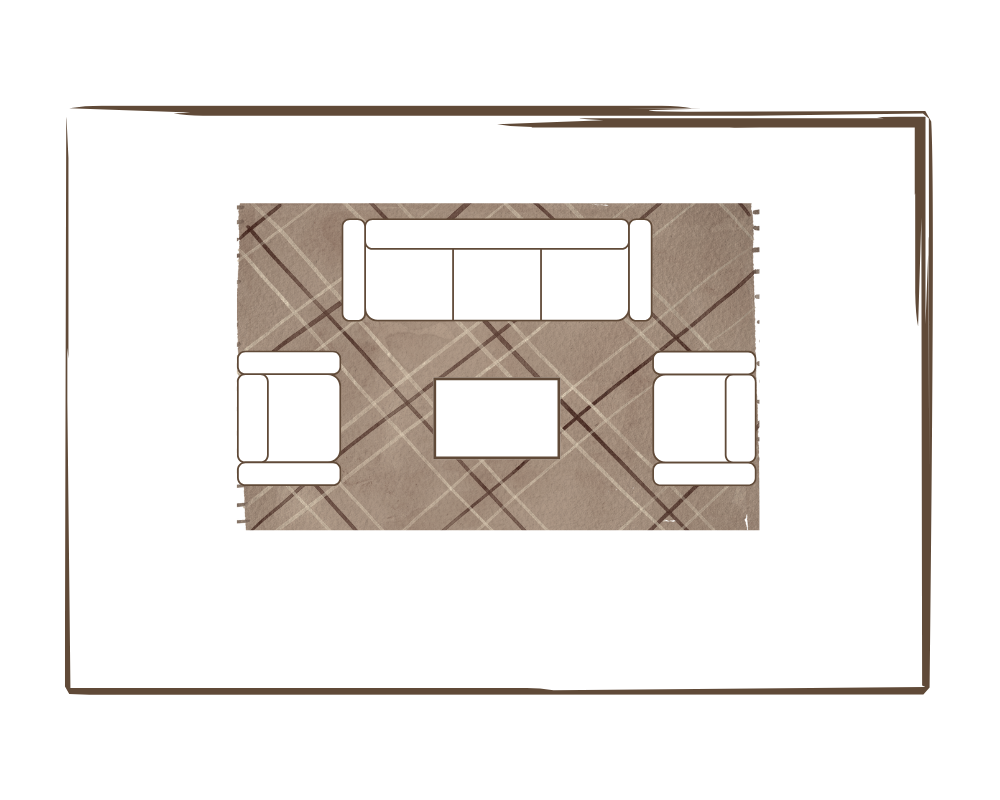

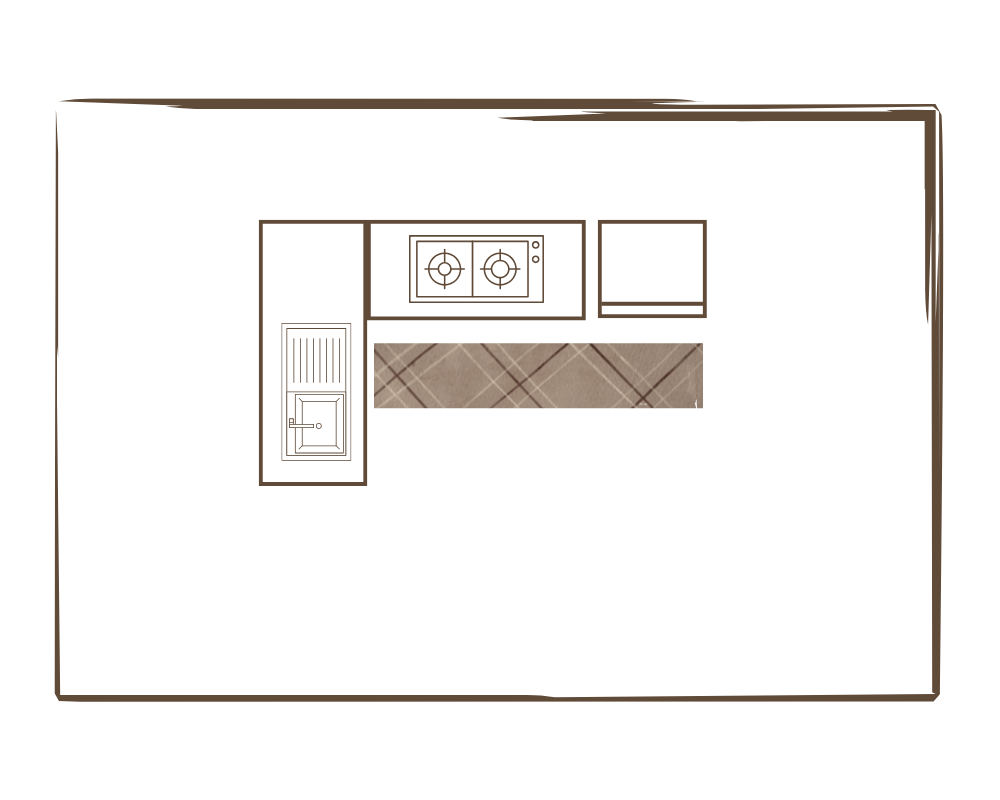
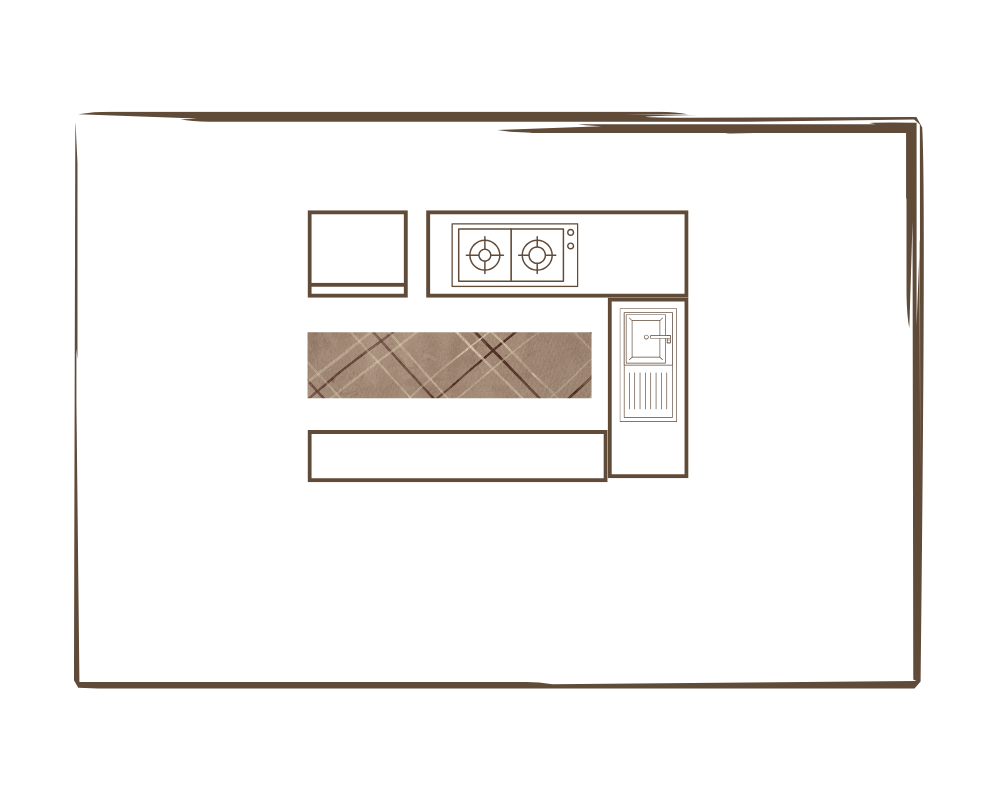
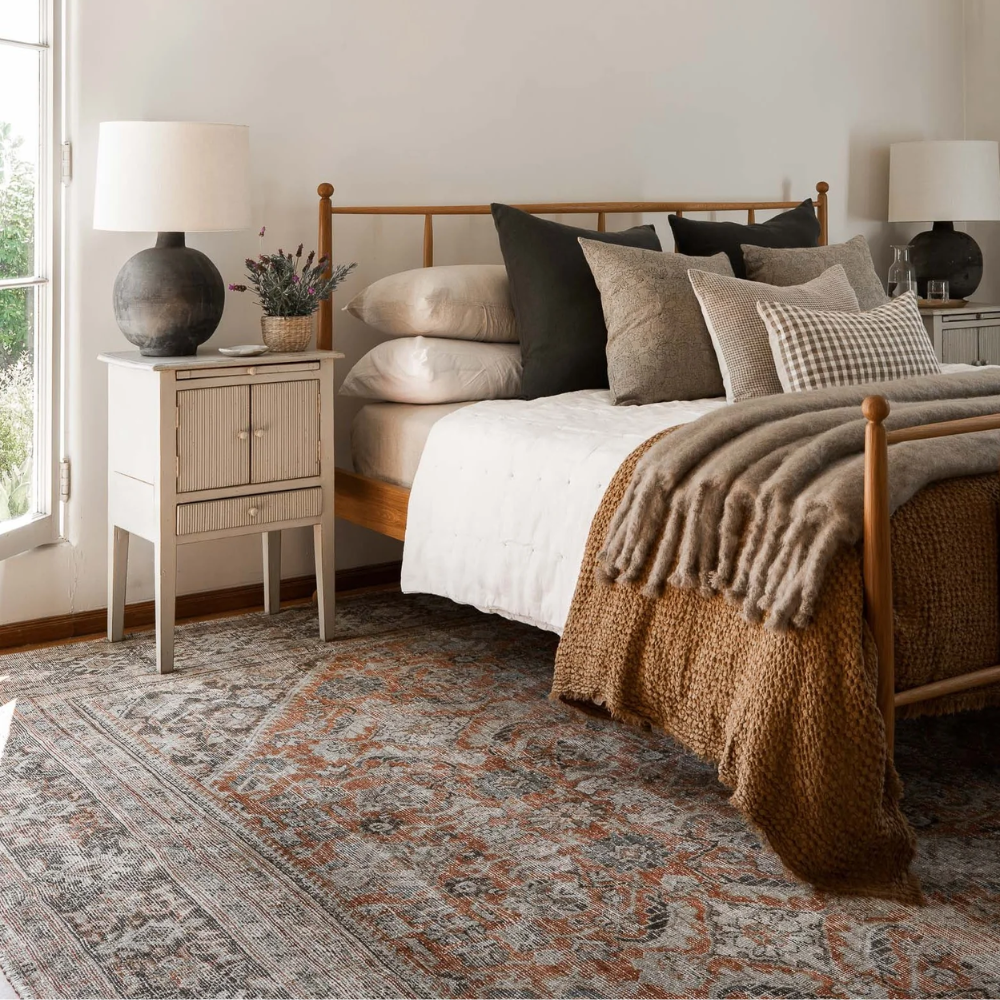
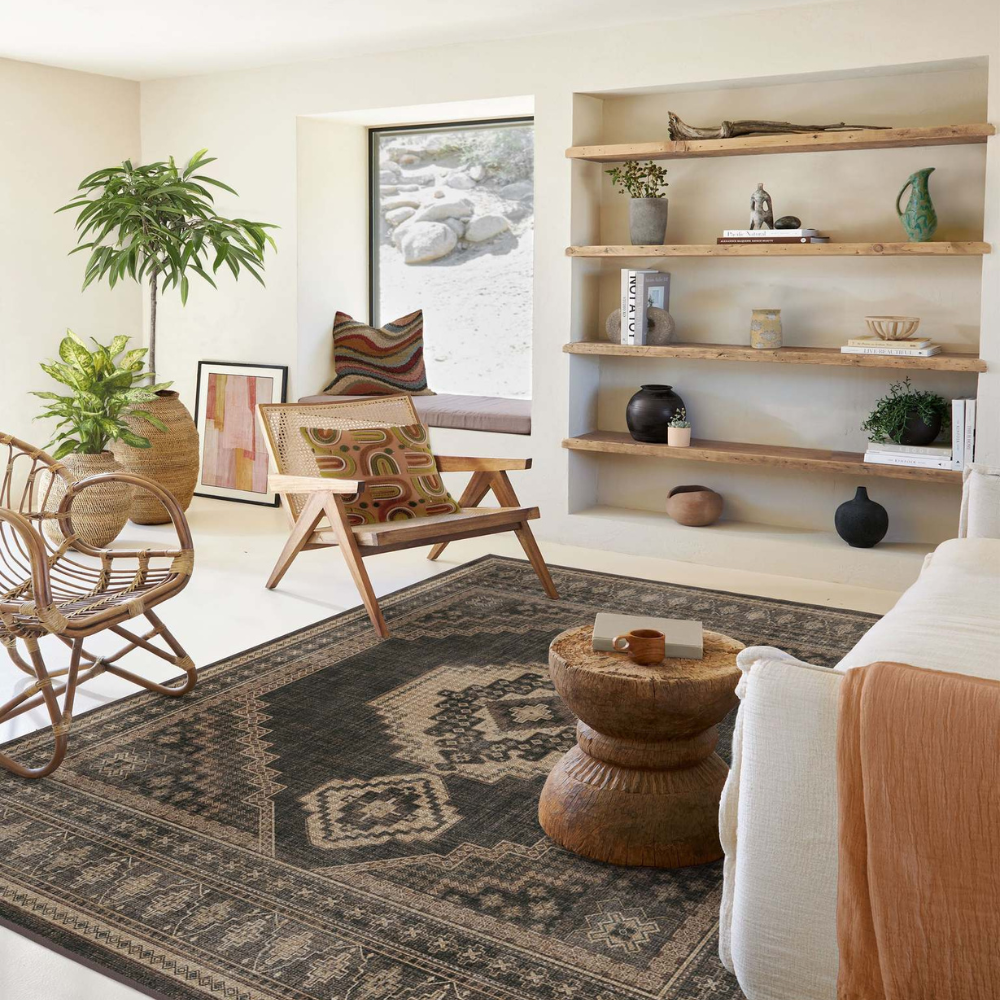
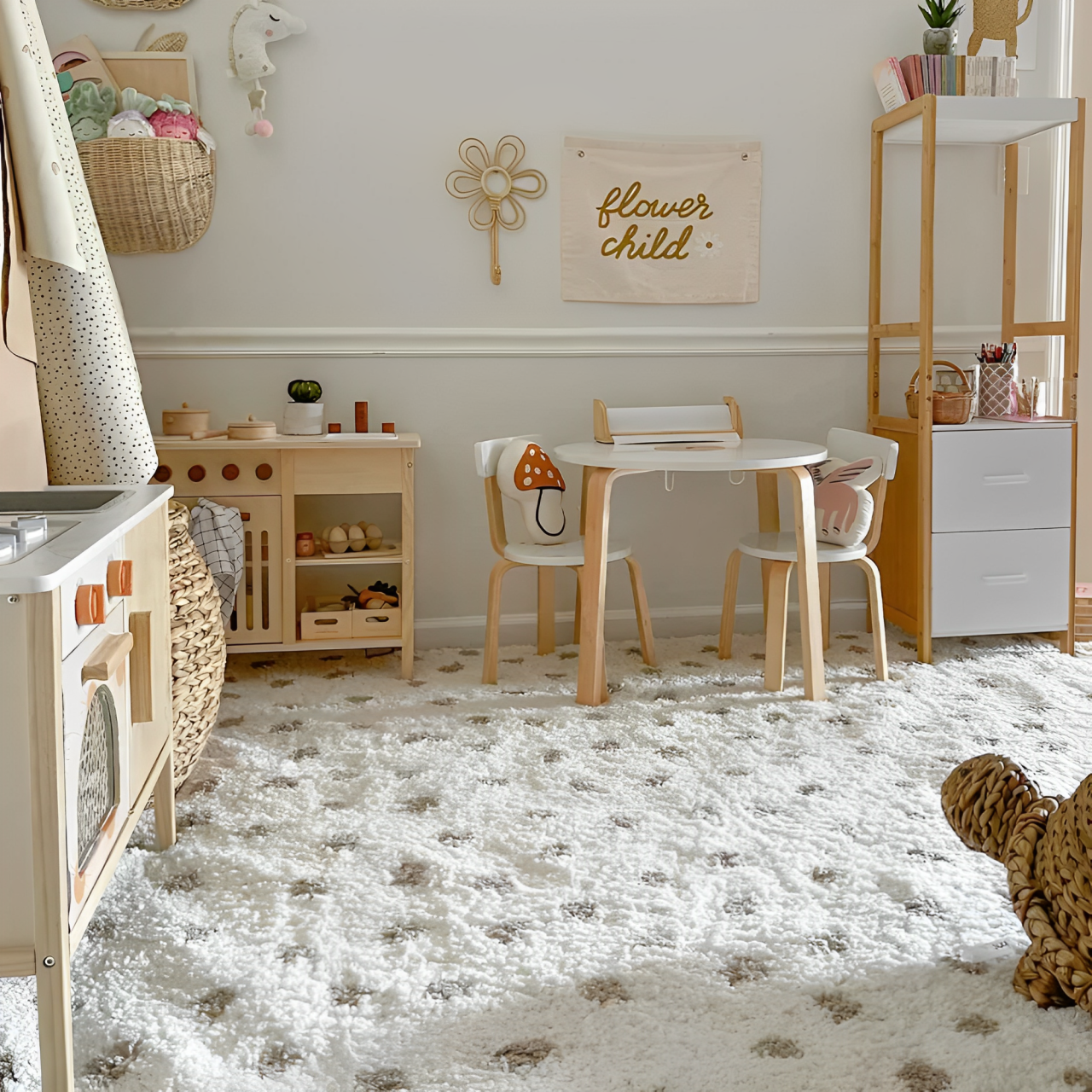


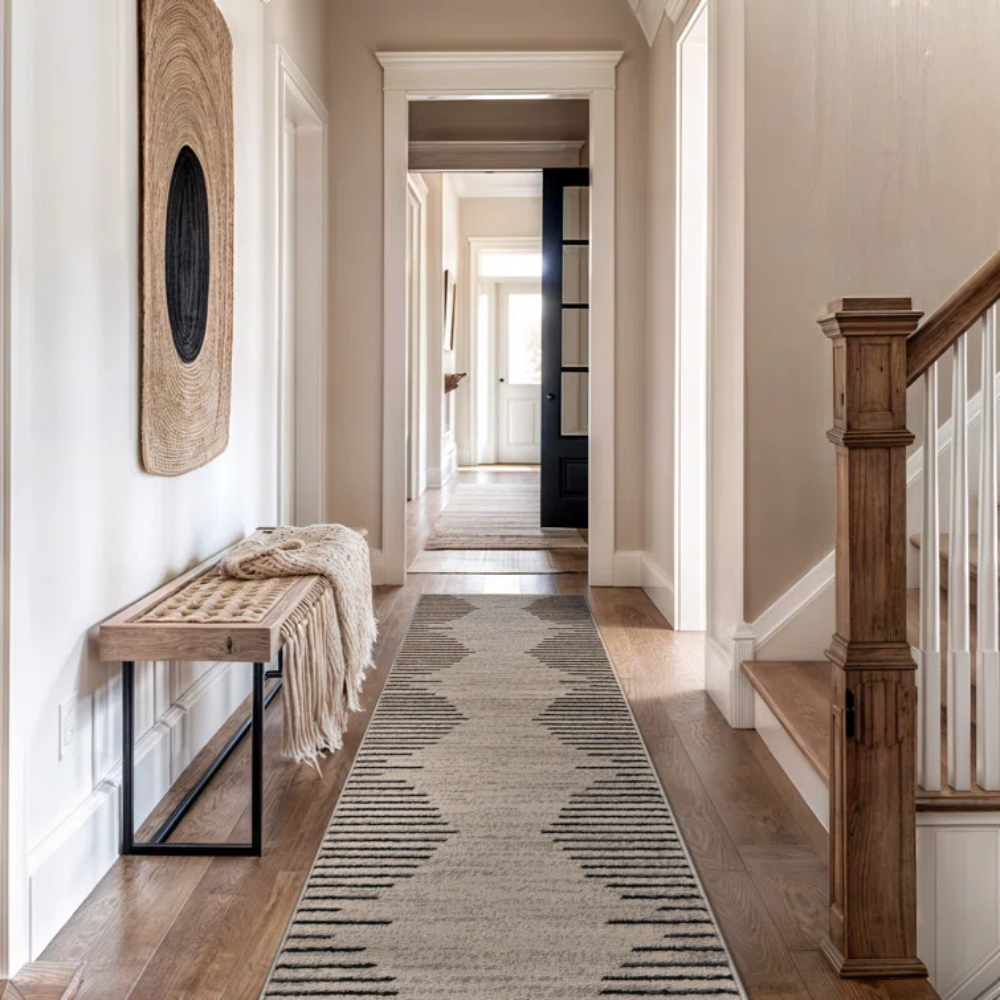
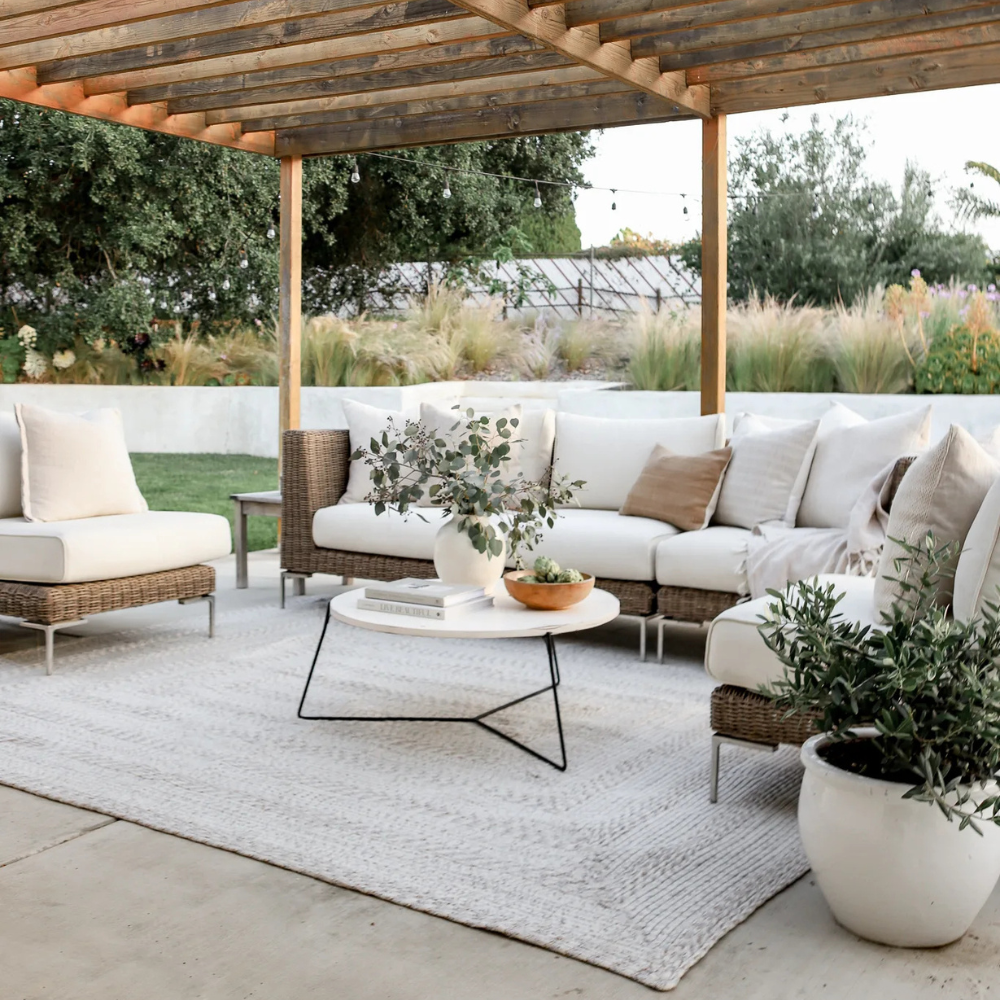











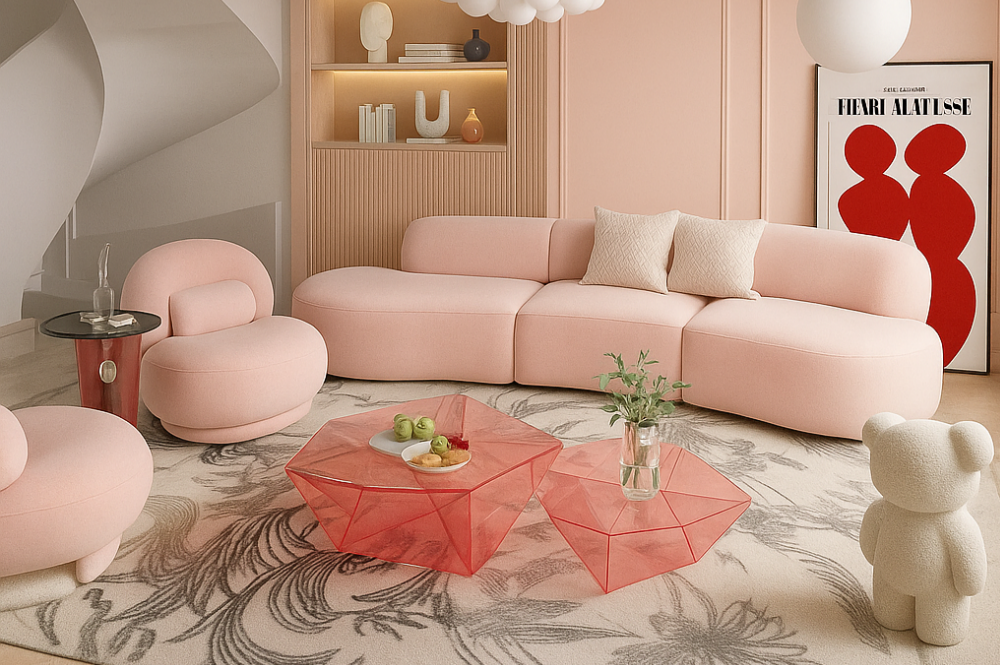
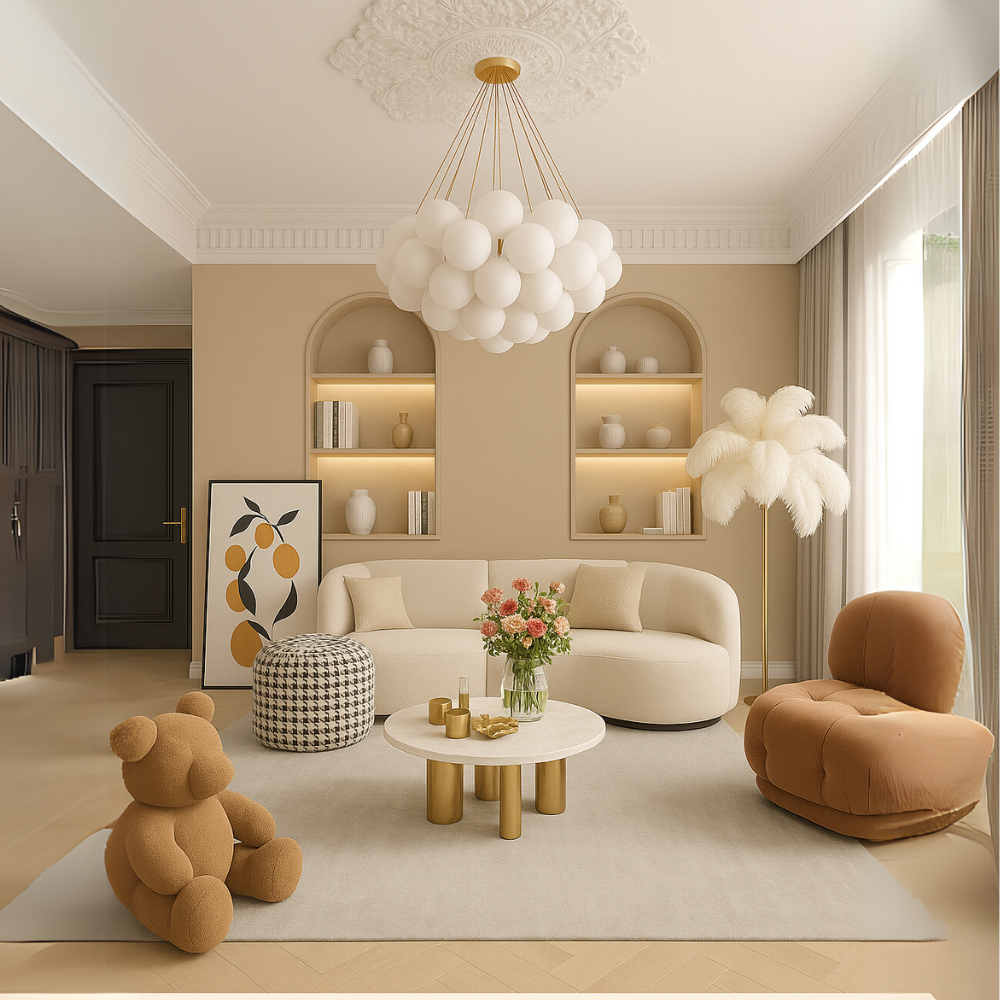
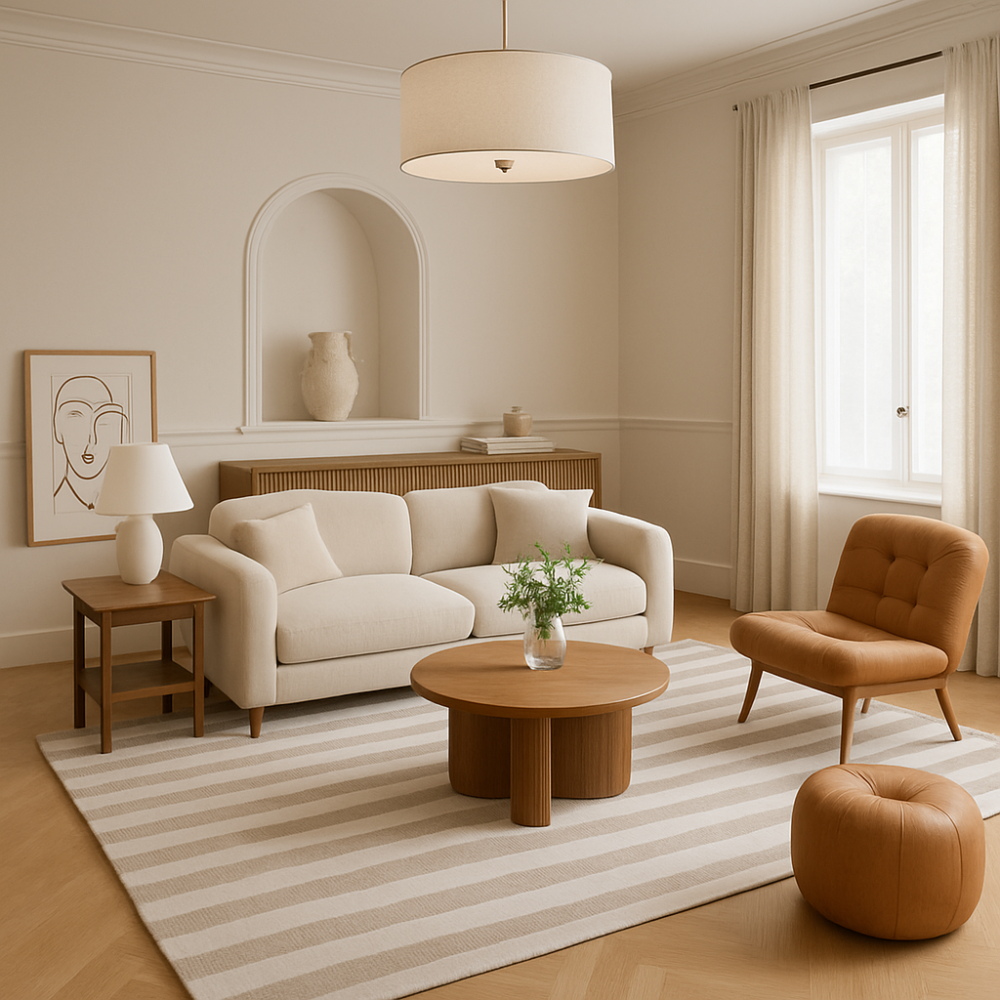
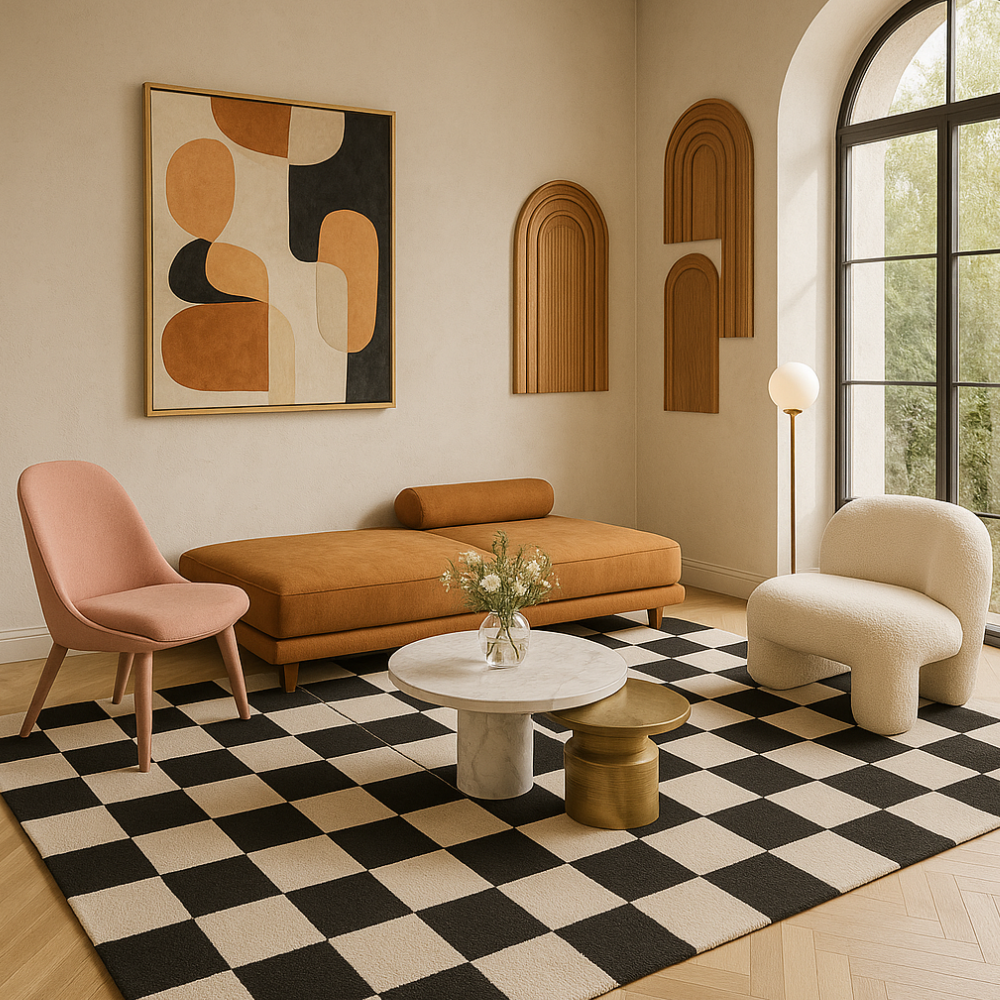
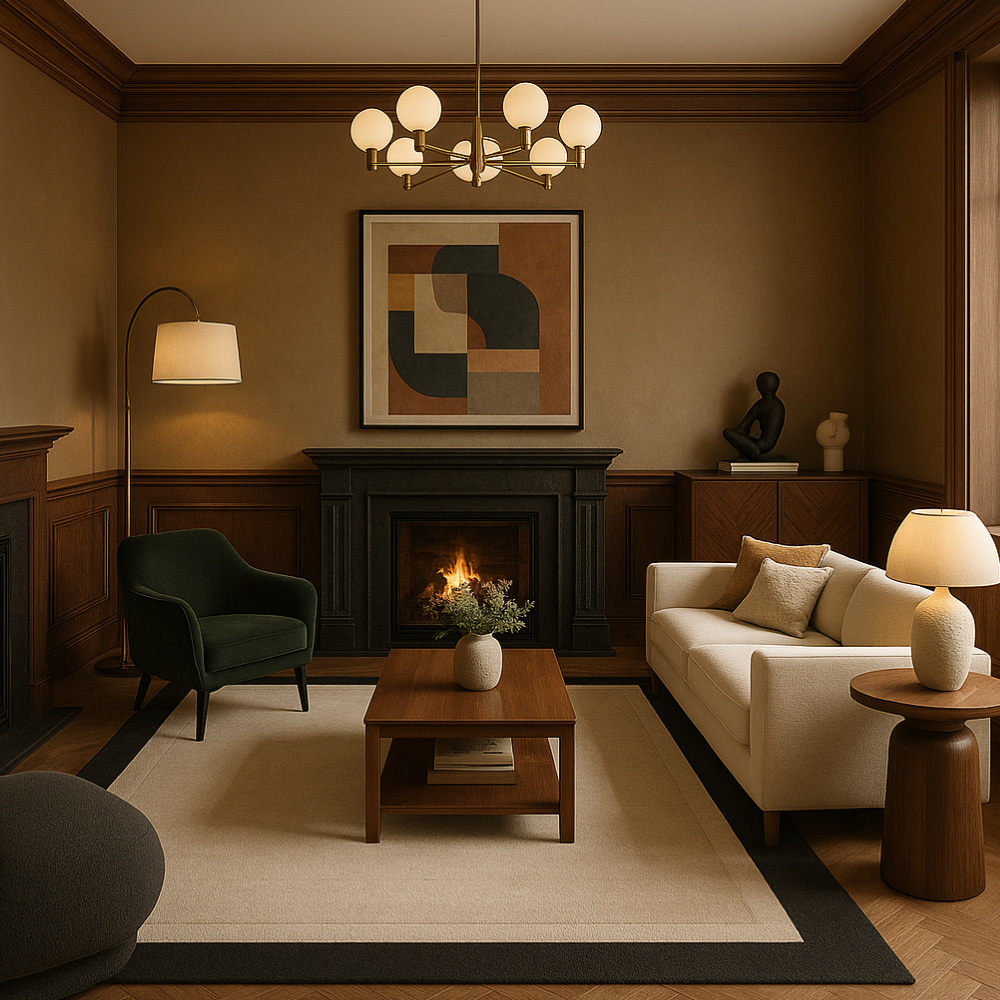
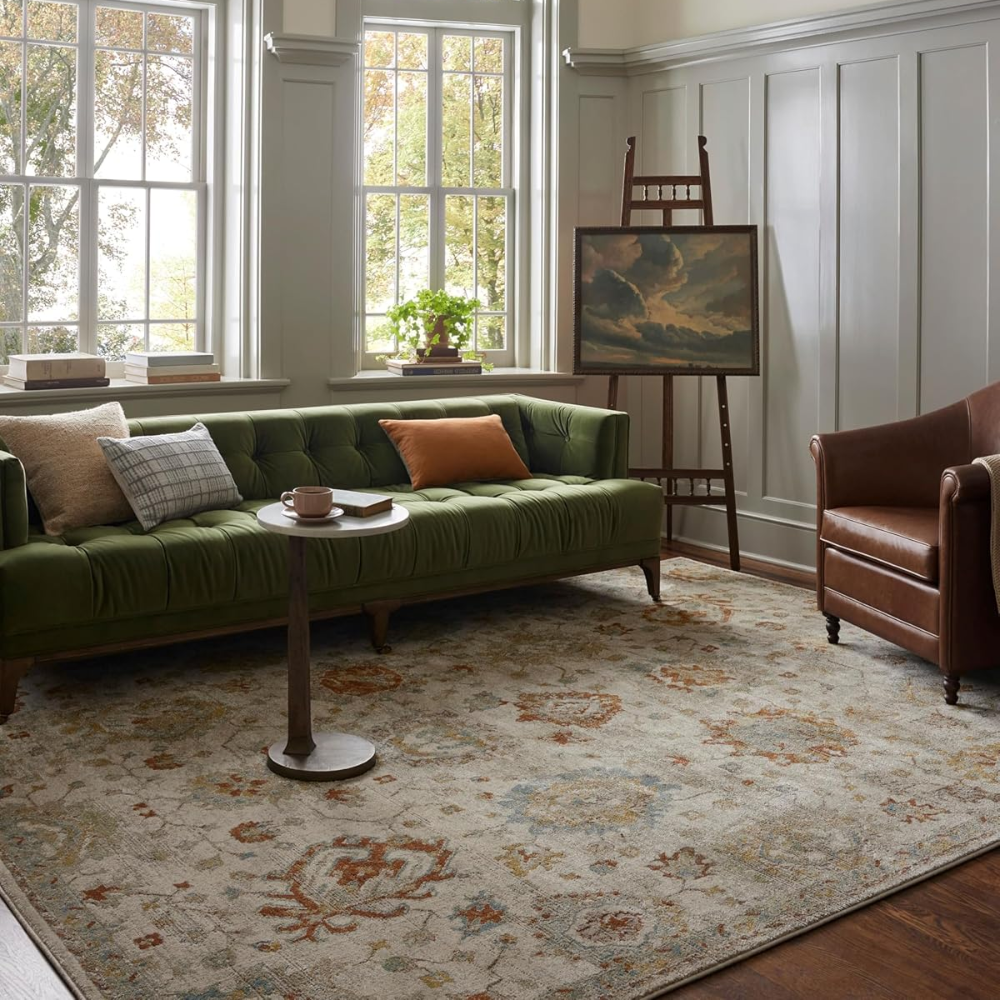
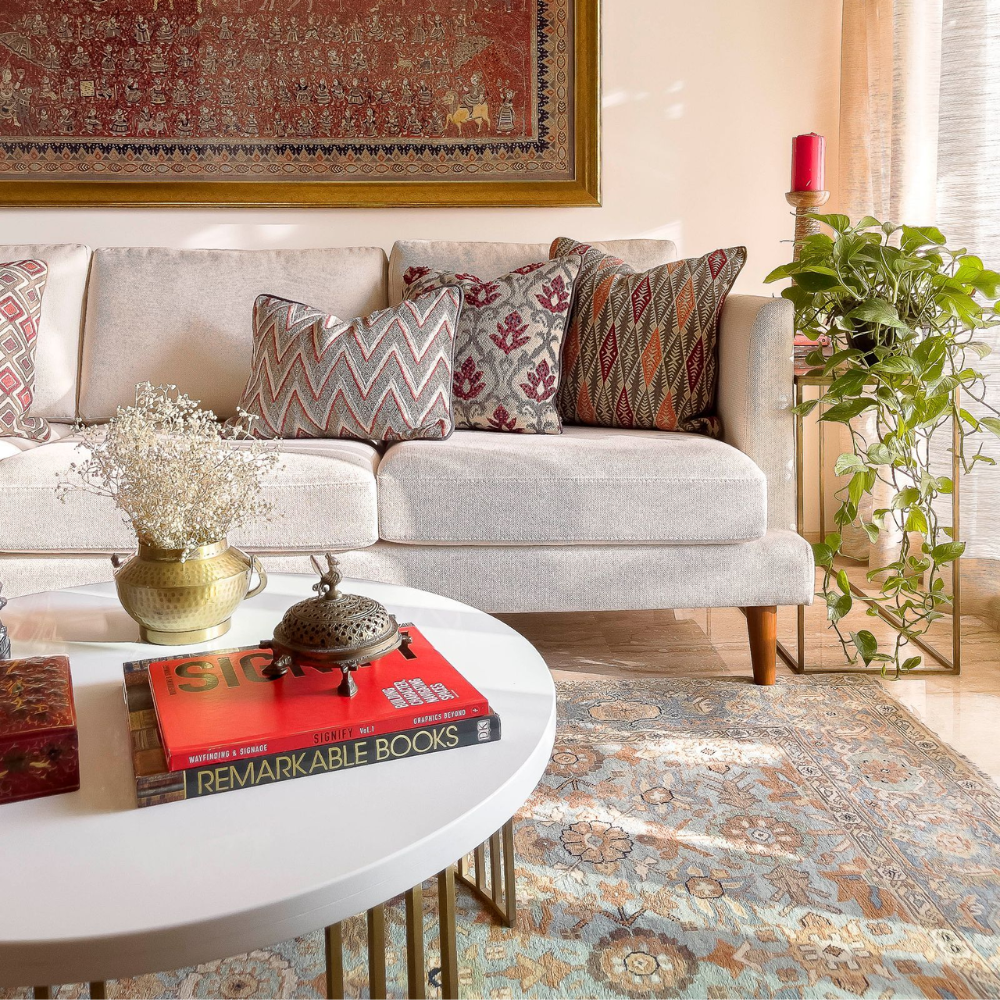
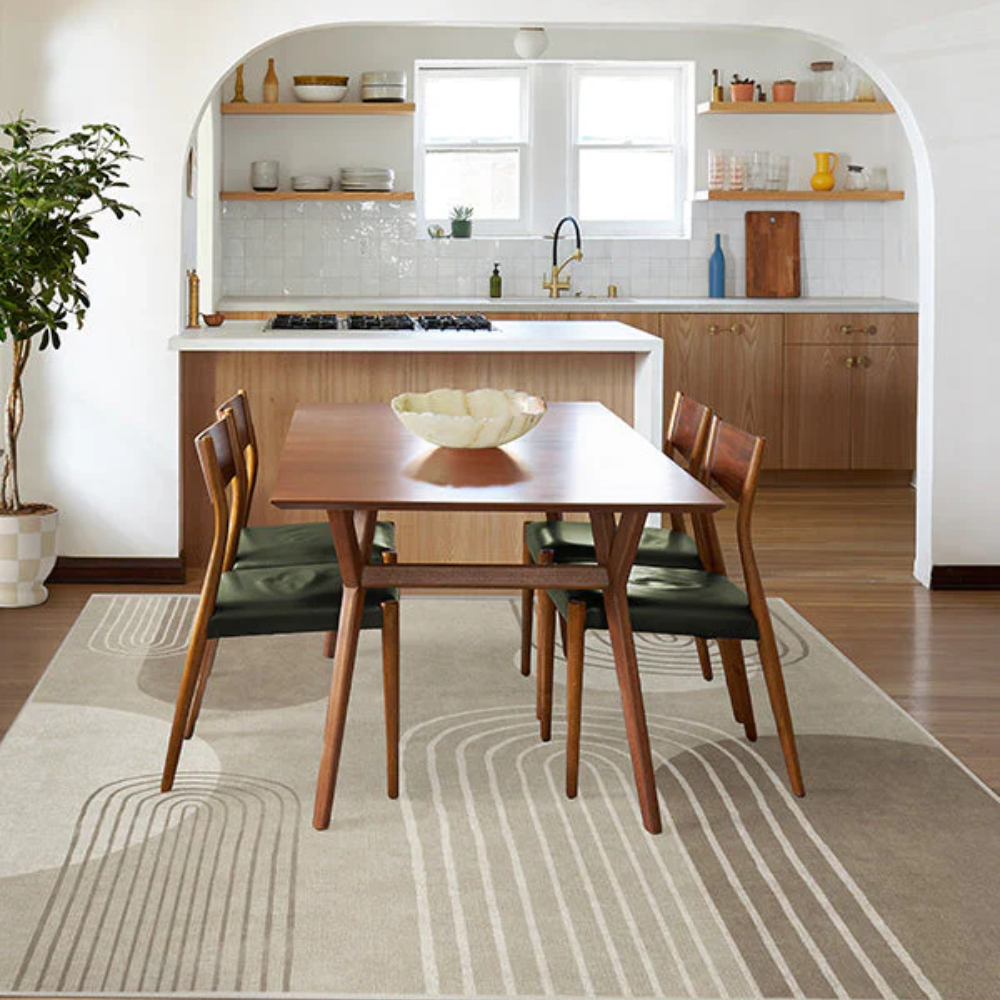
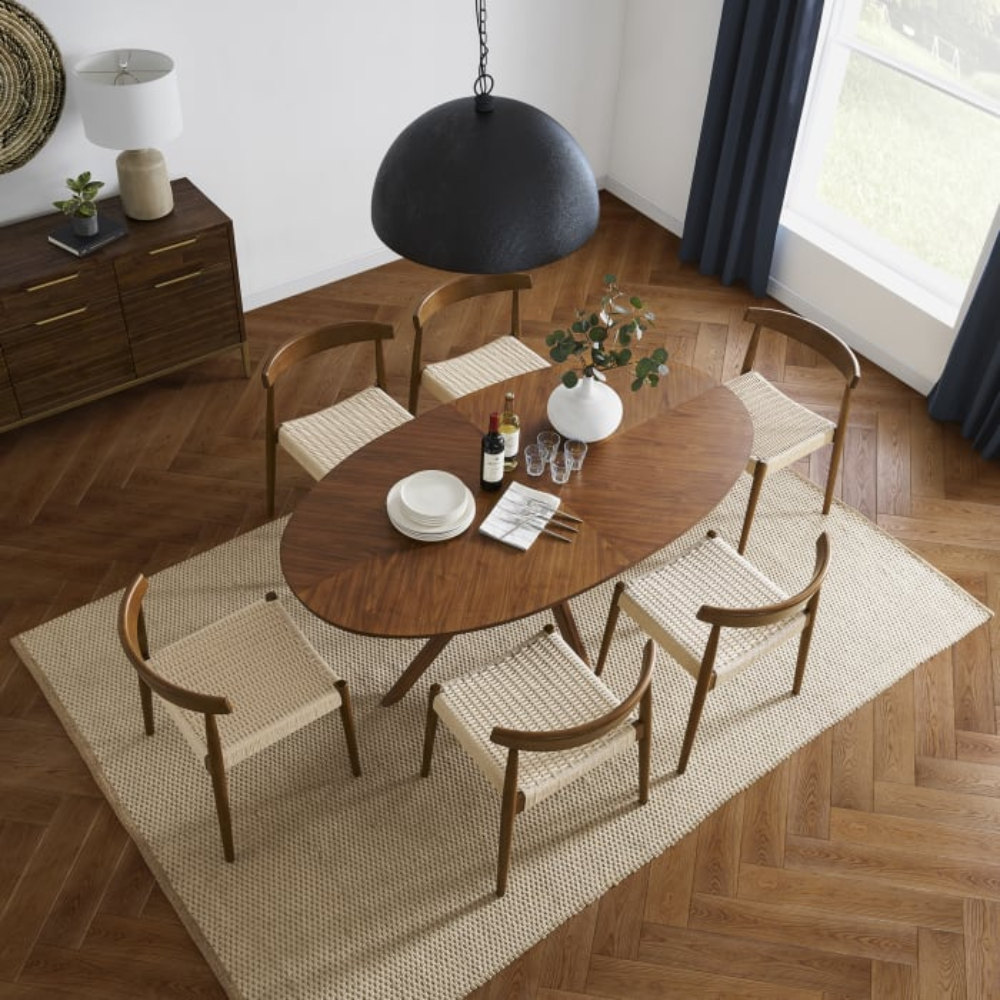
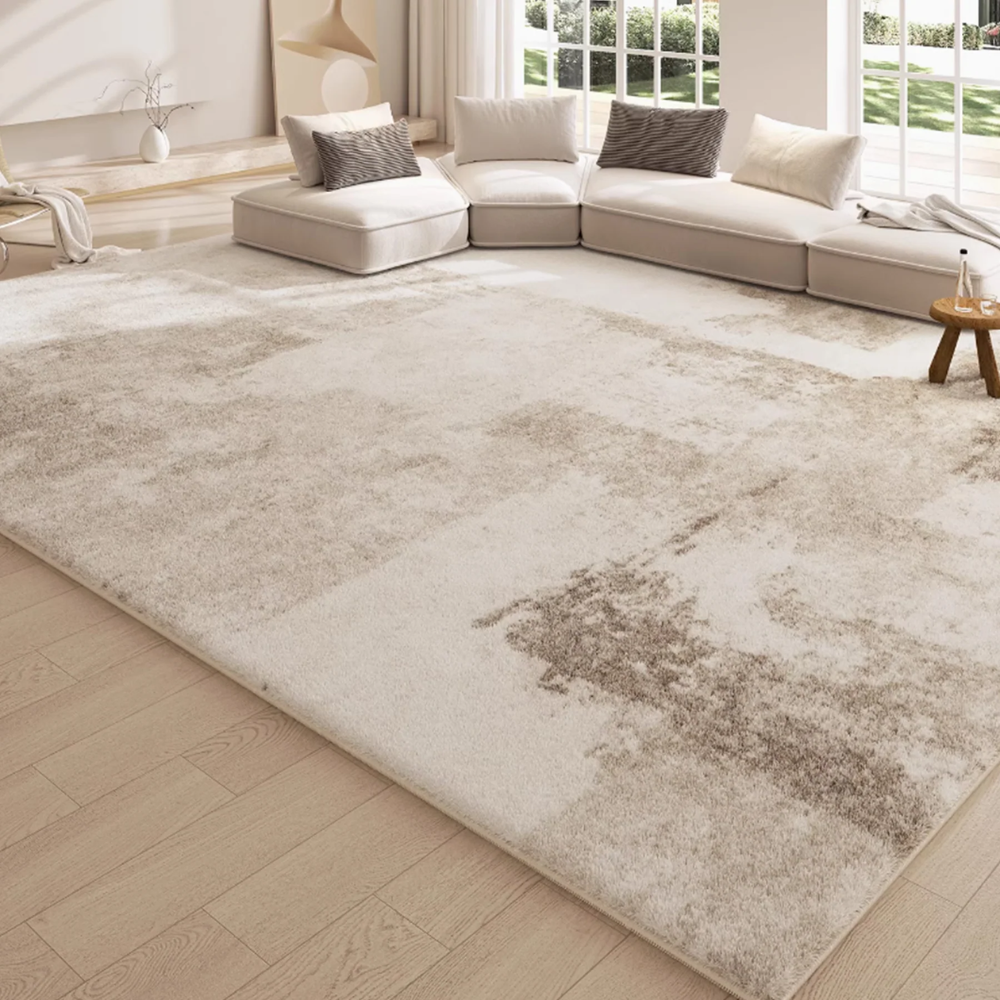
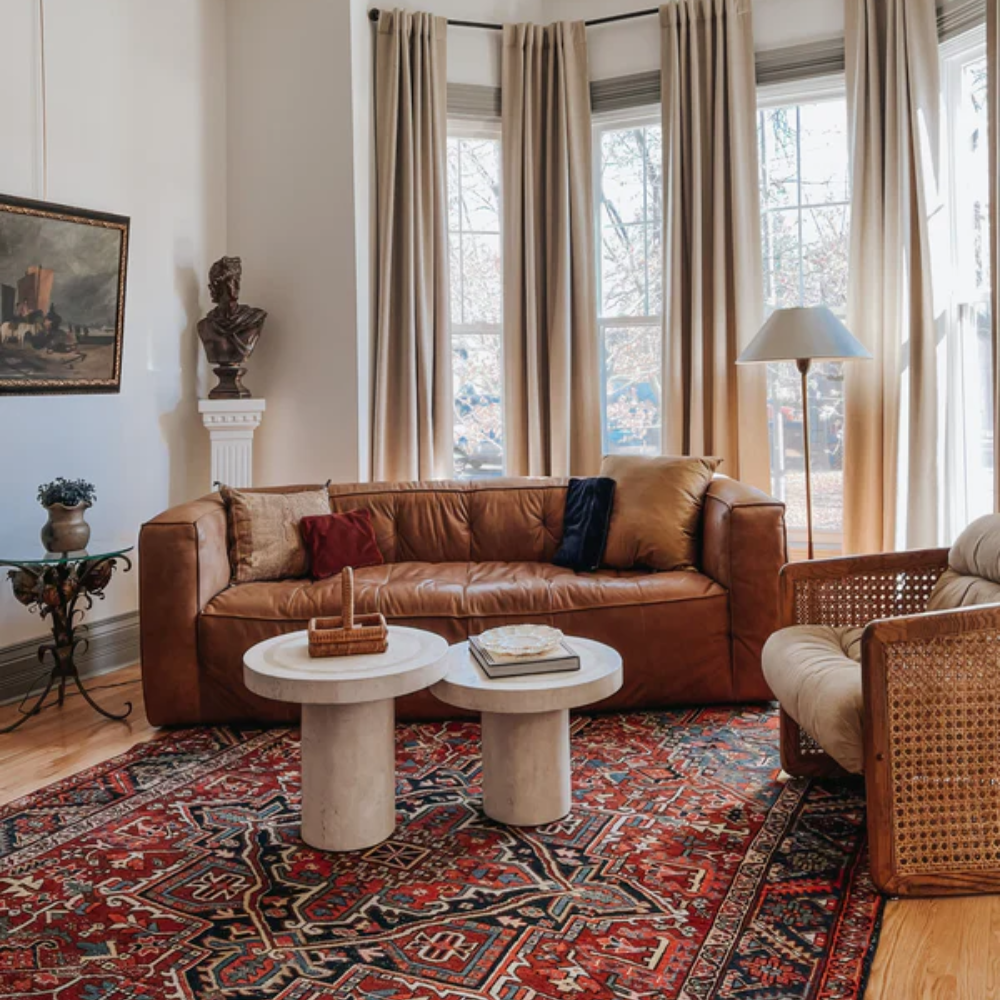
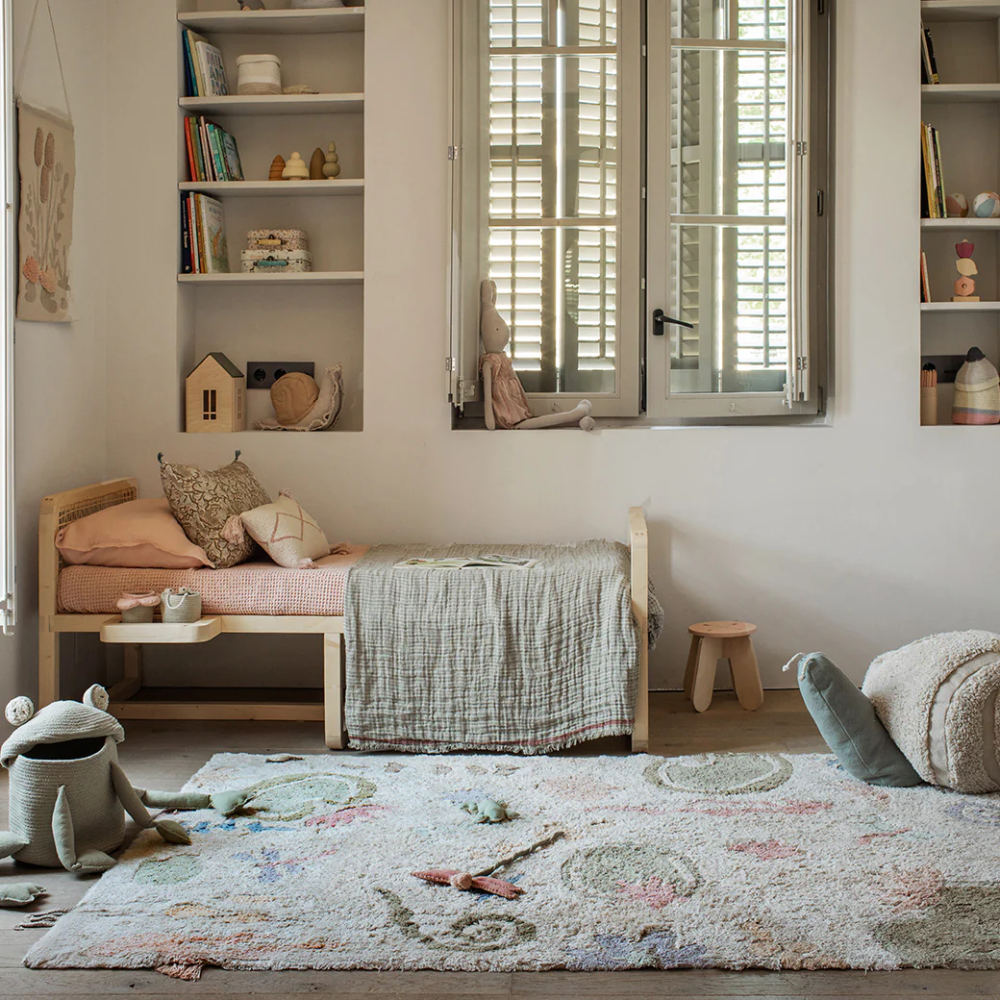
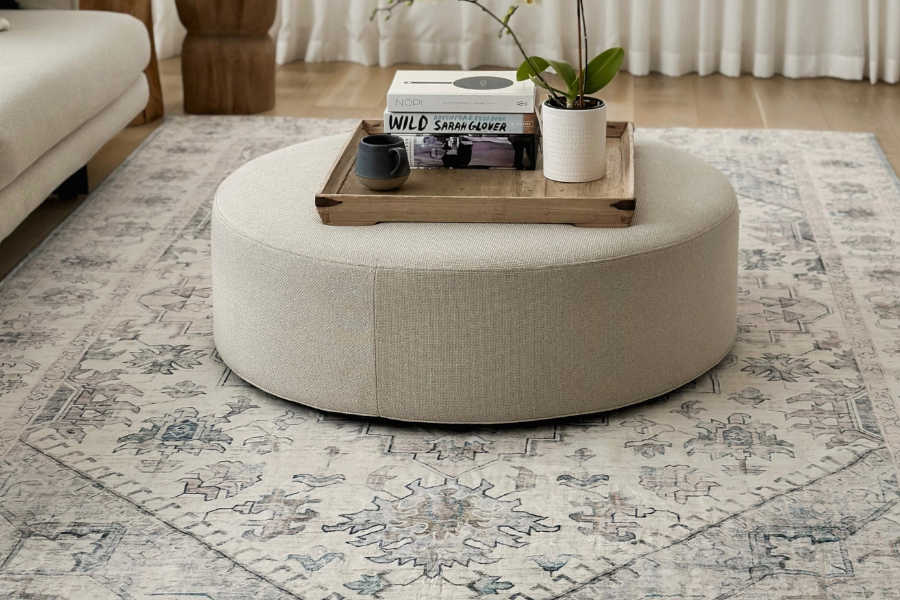
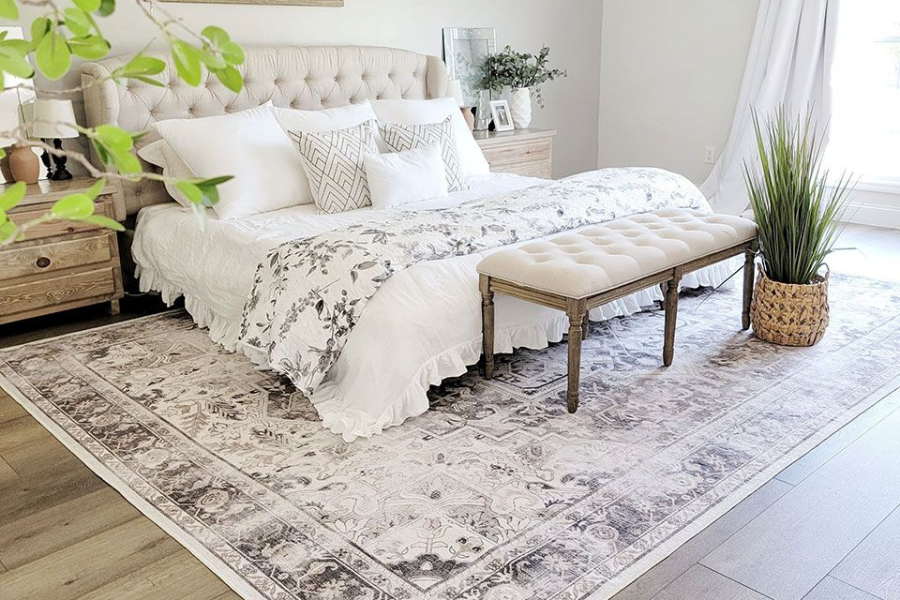
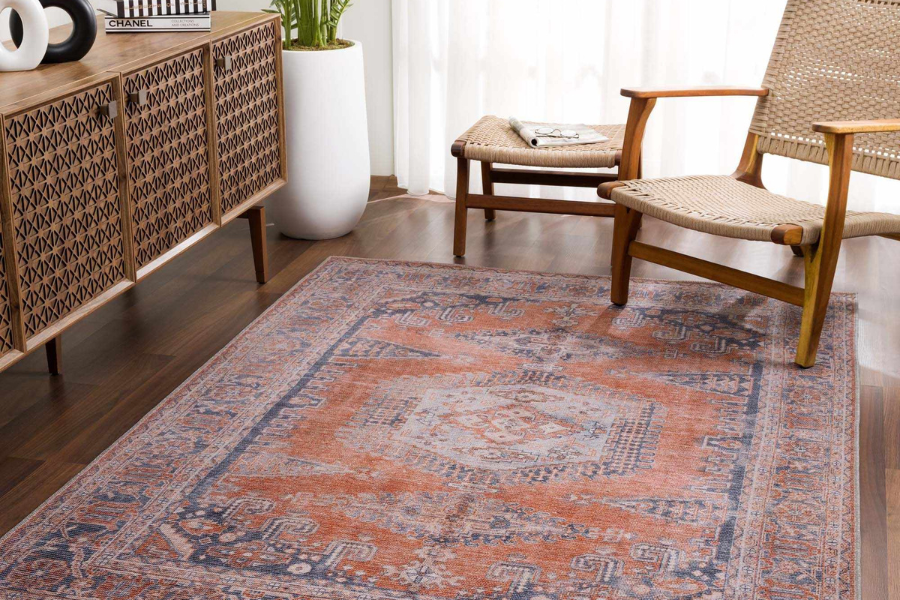
Leave a comment
This site is protected by hCaptcha and the hCaptcha Privacy Policy and Terms of Service apply.